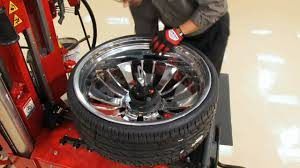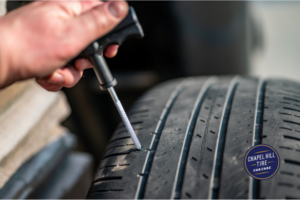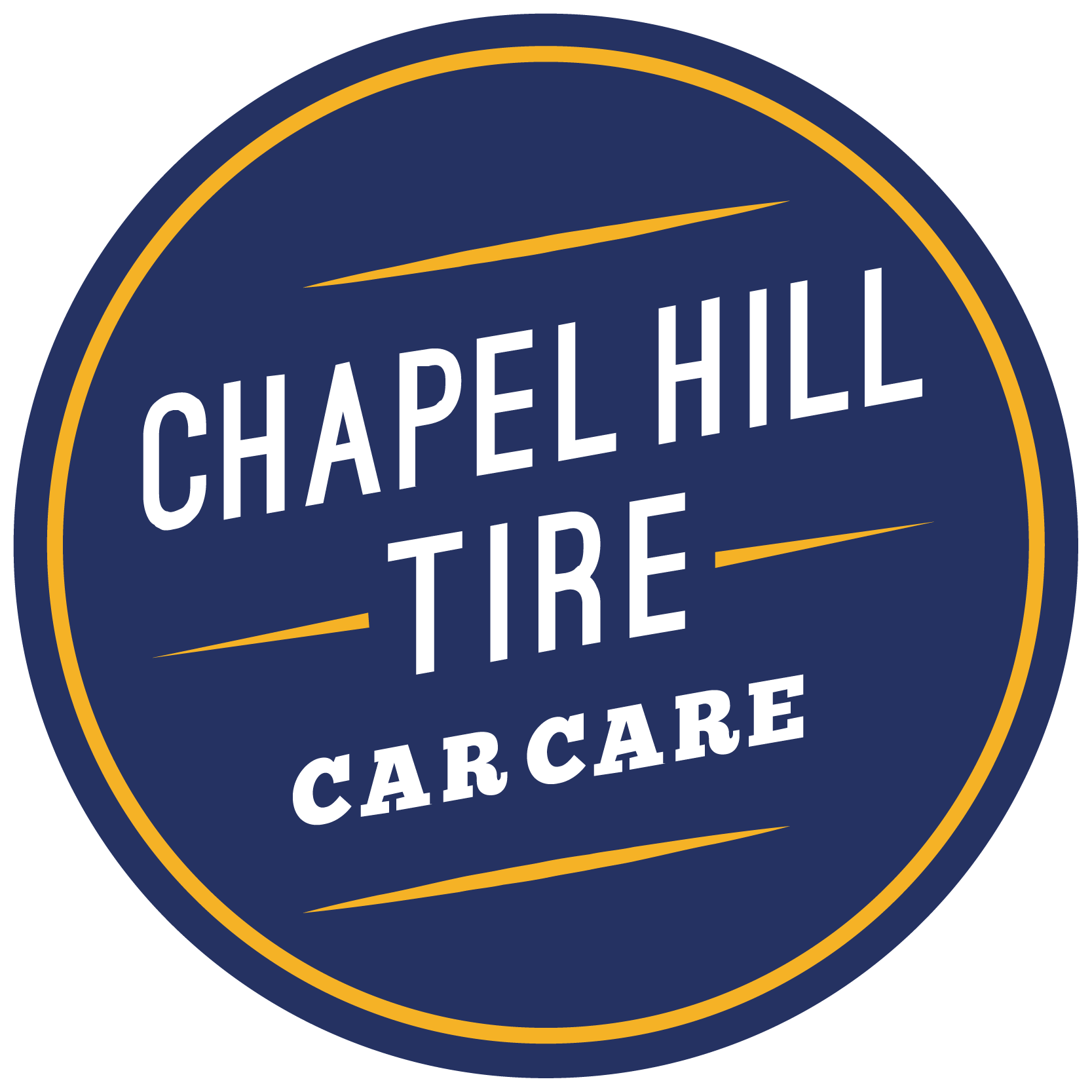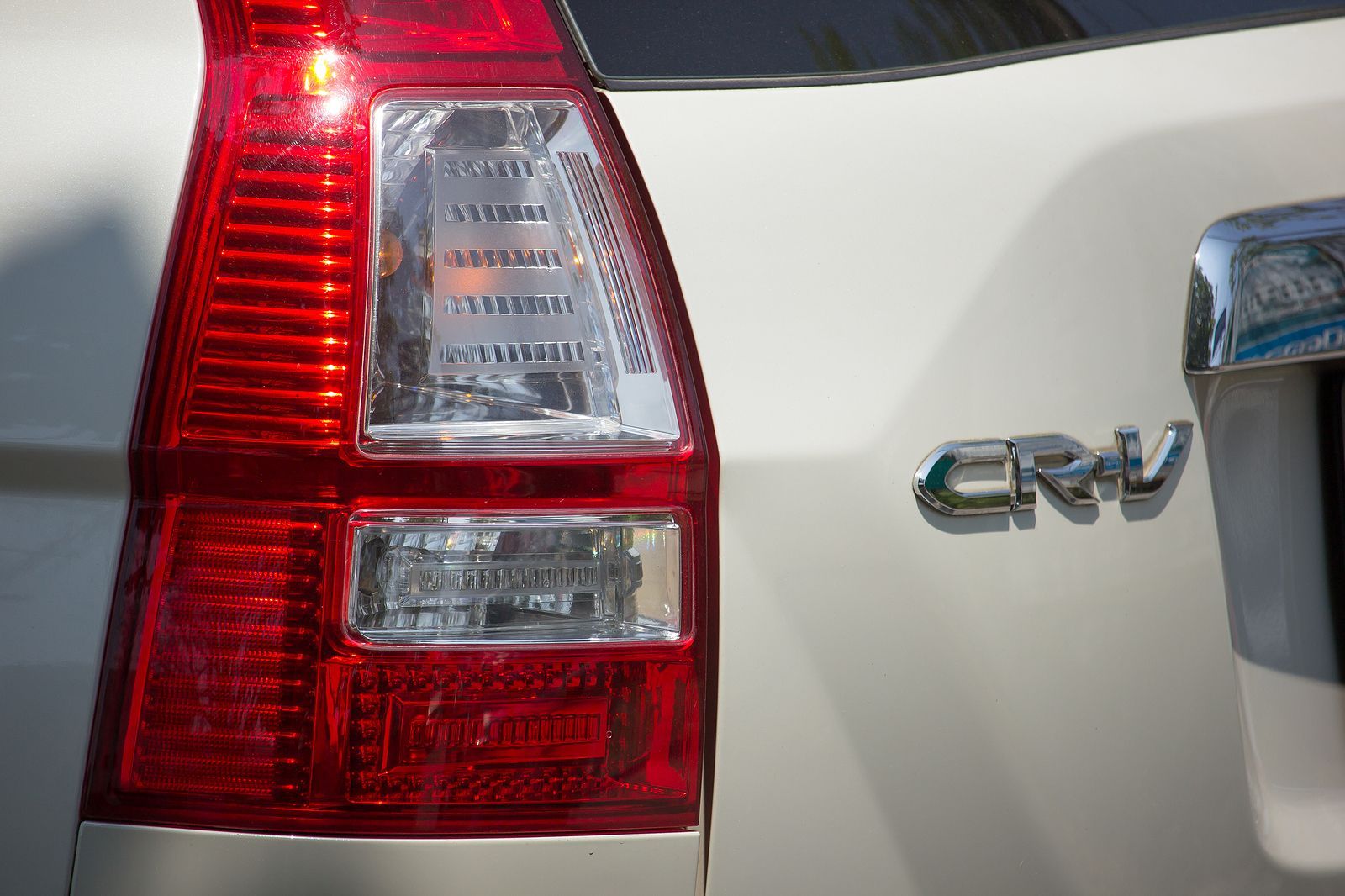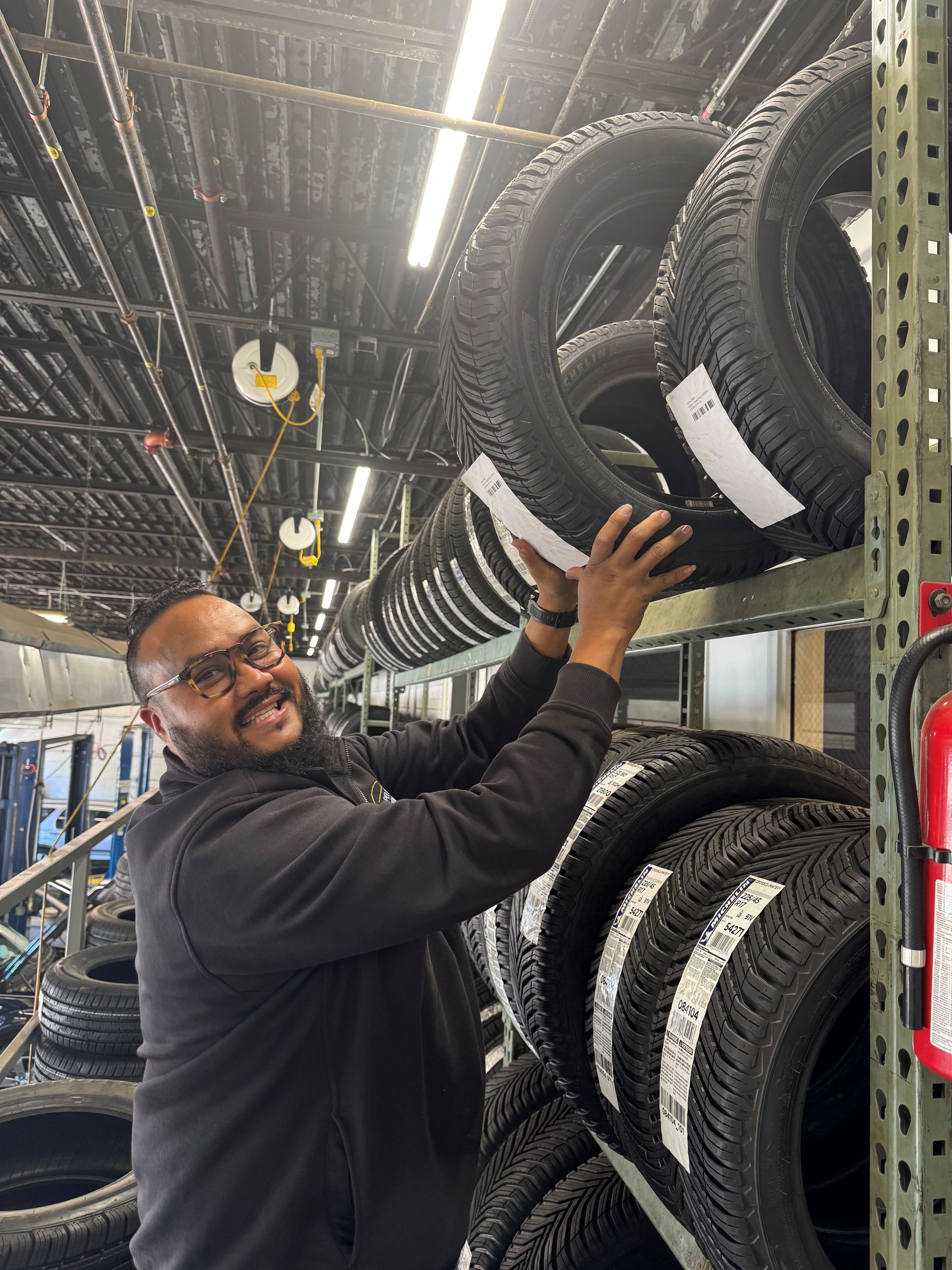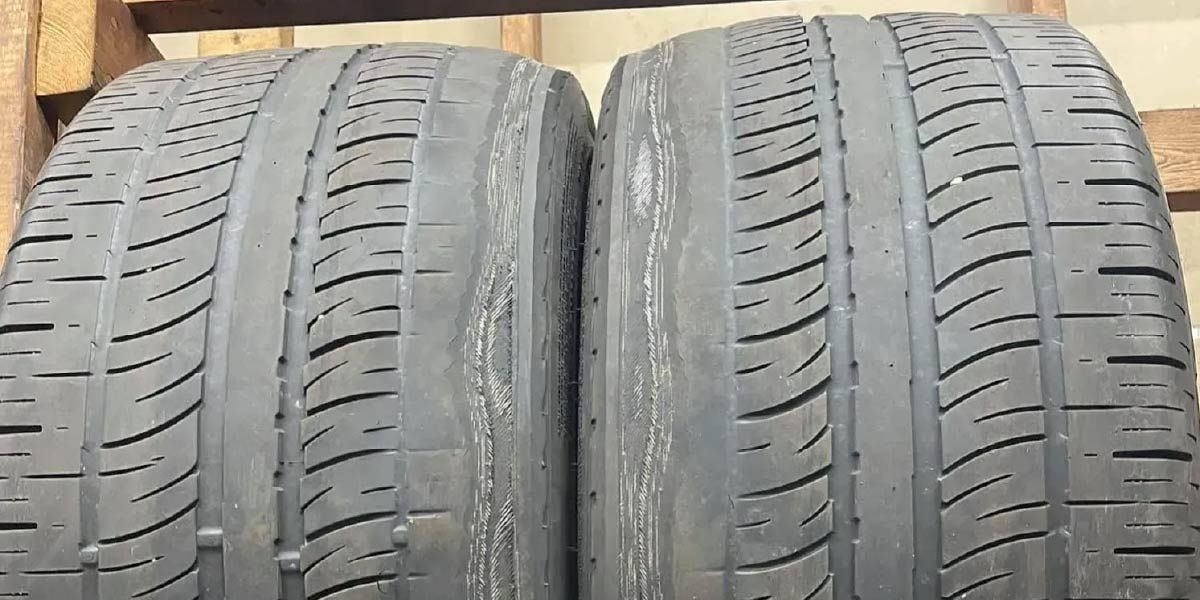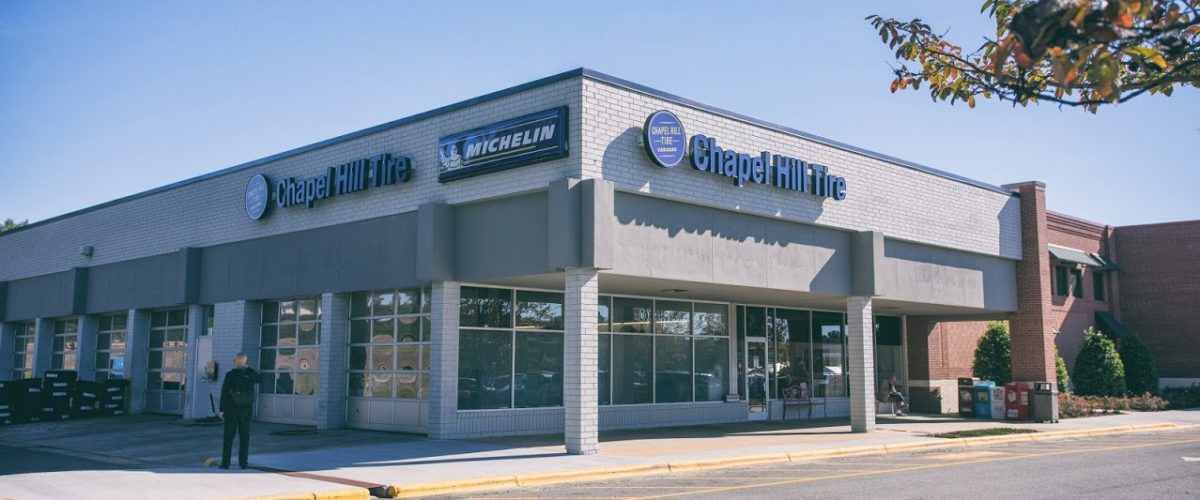Can You Patch a Run-Flat Tire? Everything You Need to Know
Auto Shops Located in: Chapel Hill, Durham, Taleigh, Apex, and Cary North Carolina
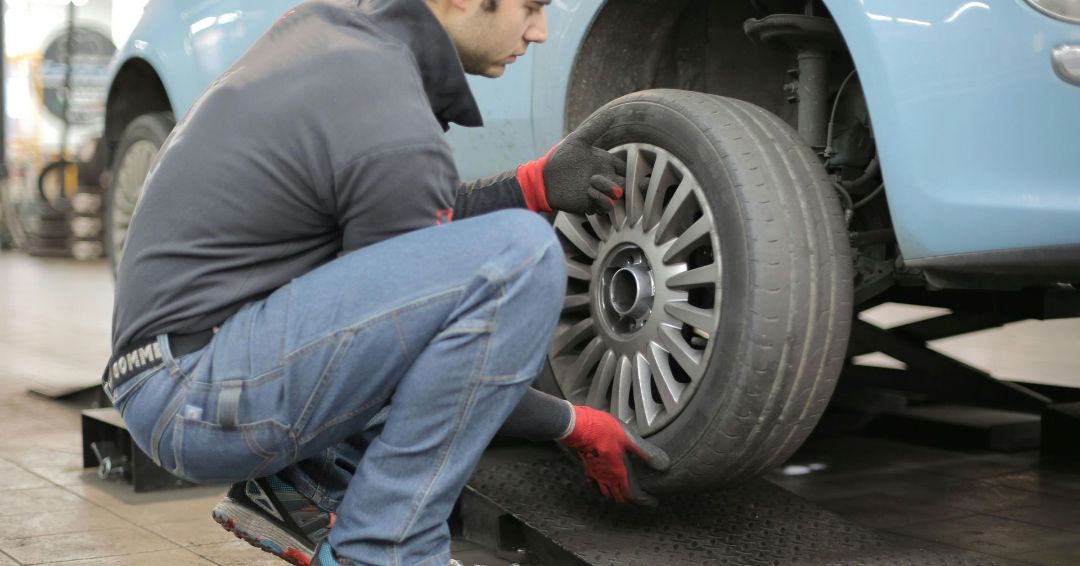
The holiday season may look a little different this year as we all follow the CDC Holiday Safety Guidelines. However, some drivers have substituted their traditional plans for a holiday joy ride to enjoy socially-distant travels from the safety of their car. Every road trip you take can put extra strain on your vehicle. Here is a closer look at how to prep your vehicle for a long drive.
Tire Pressure Check and Refill
The cold winter weather can compress the air inside of your tires, which creates low tire pressure. At its best, low tire pressure will mean lower fuel efficiency and spending more money at the pump. At its worst, low tire pressure can prematurely wear/damage your tires, lead to bent rims, affect your vehicle handling, or cause a flat tire. Read our full guide on checking and refilling your tire pressure here. For expert help, you can get FREE tire pressure checks and refills when you get your oil changed at Chapel Hill Tire.
Battery Check: Jumper Cables, or Portable Jump Starter
Have you ever wondered why drivers tend to have more frequent battery troubles during this time of year? Freezing temperatures can drain the life out of your battery. On top of that stress, the cold weather requires your engine to work twice as hard to start up.
Consider having your battery inspected or serviced before your trip to ensure that it is not corroding or nearing the end of its lifespan. Even if your battery is good to go, it is best to have backup tools ready in case of an emergency. Before your trip, grab a pair of jumper cables—or, better yet, invest in a portable jump starter that will start your vehicle without needing help from another car. You can find these at most major hardware stores, some big-box stores, or through an online retailer.
If you need help jumping your battery, here is a quick guide with 8 steps to jump-starting your car.
Spare Tire and Tire Changing Tools
If something happens to your tire on the road, you will want to make sure that you have a viable spare tire on hand. Before your trip:
- First, check to make sure that your spare is in your vehicle—it will likely be located in a spare tire well within your trunk. You may need to peel back the flooring of your trunk to find it. Other vehicles may have a spare mounted to the back of their SUV, underneath the rear of the car, or somewhere else—some older Subaru vehicles even have it stashed in the engine. A quick internet search or glance at your owner’s manual should help you find your spare.
- Next, you will want to make sure that your tire is in good condition. It should be less than 6 years old and show no visible signs of damage.
- Also, check to ensure that all of the tools you need are included—primarily a jack and a tire iron. These tools are included with almost every vehicle, but it is helpful to check and make sure they are in place. This is especially important if you have changed your tire before and may have lost pieces or loaned your tire changing gear to a friend.
- Finally, check to make sure that your tools are in good shape. Factory jacks and tire irons are not always high-quality. If you think you have any ineffective tools, you can pick up a replacement before your trip. High-quality car jacks and tire irons will last you a lifetime of spare replacements, and they are available at most major hardware stores.
In addition to safeguarding your trip, this check also gives you the chance to familiarize yourself with your spare tire location and components. This overview will be helpful in the case that you need to change a tire during your trip. If you need help, here is a quick guide to changing your car tire.
Pre-Road Trip Tire Check
Relatedly, a good road trip must be safeguarded by a sturdy set of tires. Are your tires ready for a long drive? Here are some tire check questions you can ask yourself:
- Is the tread on my tires above 2/32 of an inch? Or above my tire wear indicator bars? Keep in mind that these are the bare minimum in tread standards. If you think you might be facing winter weather along your travels, make sure your tires have a little extra tread depth.
- How old are my tires? – Research suggests that aged 5+ years are vulnerable to rubber thermo-oxidative degradation, which may lead to hazards on the road.
- Do I have any visible signs of damage, such as rubber cracking or sidewall bubbling? Unfortunately, these are signs that you are due for new tires. However, contactless tire changing can make this process safe, quick, and easy. You can also save money with coupons and buy your new tires online to make this process as simple and affordable as possible.
- Can I see any nails protruding from my tires? Nails can be easily removed and patched. It is best to have this service done before you hit the road.
If you are unsure about any of these, stop by a tire expert before hitting the road for insight. It just might save your trip.
Brake and Rotor Check
Your brake pads are thick blocks of friction material, which press against your metal rotors each time you need to slow and stop your vehicle. Over time, this friction material wears away, which lessens the effectiveness of your brakes. Naturally, poor and ineffective braking can lead to some serious safety hazards on the road.
Additionally, the heat of braking friction can make the metal of your rotors malleable, which can leave them warped by the pressure of your brake pad over time. Before your road trip, check to make sure that your brake pads have more than 1/4th of an inch of friction material, and ensure your rotors are not warped or rusted.
Light Check: Headlights, Brake Lights, Turn Signal Lights
The winter season brings shorter days, which means more reliance on your lights. Before heading on your road trip, take a moment to park in a safe space, and complete these 3 vehicle light checks:
Headlights Check
Turn on your headlights and then exit your vehicle. Check to make sure that both headlights are illuminated when turned on. You should also check for lens oxidation. This is when your headlights become foggy, yellowed, or otherwise distorted by the sun’s UV rays. Headlight restoration services can clear up your lenses, while a bulb replacement can often fix a broken headlight.
Brake Light Check
These are the hardest lights to check, so it is best to have a friend’s help. Sit in your parked, yet running, vehicle and press down on your brakes. Have your friend stand behind your vehicle and make sure that all of your rear brake lights are turned on and bright. Brake light issues are also often easily solved by a bulb replacement.
Turn Signal Light Check
This is another check you can complete on your own. Turn on your right turn signal, and then exit your vehicle to make sure that both the front and rear turn lights are working on your vehicle’s right side. Complete this check again with the left turn signal. A broken turn signal can often be repaired with a turn signal bulb replacement.
Tire Rotations and Other Services
Your tires face uneven wear on the road, with your front tires enduring more friction than your back tires when turning. Frequent rotations can help keep your tires protected. Tire rotations should be completed every 5,000-8,000 miles. If you are past this window, it is best to get a rotation before going on a long trip—especially if you are driving through the mountains or any other rough, winding terrain. You may also consider getting a tire alignment or balancing service—though these are as-needed services rather than routine tune-ups.
Oil Change, Filter Change, and Fluid Level Checks
Your vehicle relies on a careful balance of various liquid solutions—each serving a distinct purpose within your engine system. Over time, your engine depletes or contaminates these fluids, which can impact your vehicle’s protection and performance.
Oil changes are the most commonly-needed engine fluid service. As your oil passes through your engine to offer vital lubrication and cooling, it picks up dirt, metal fragments, soot, and other harmful materials. Your engine filter works to keep these contaminants away from your engine, but it eventually becomes clogged, and your oil becomes depleted. What happens when you don’t get your necessary oil changes? You run the risk of engine damage and poor vehicle performance.
These same principles apply to your other engine fluids, though they require less frequent maintenance flushes than your oil. When was the last time that you had a transmission fluid flush? Or a coolant flush? Have an expert check your fluid levels before heading out on your trip. It may help keep your engine protected during the long drive.
Trip Check | Chapel Hill Tire
For everything you need to have inspected before your next road trip, visit the experts at Chapel Hill Tire for a trip check. We will help you make sure that your vehicle is ready to go. Make an appointment with any of our 9 Triangle-area locations—including those in Apex, Raleigh, Durham, Chapel Hill, or Carrboro, to get started today!
We’ve got all your automotive repair needs covered.


